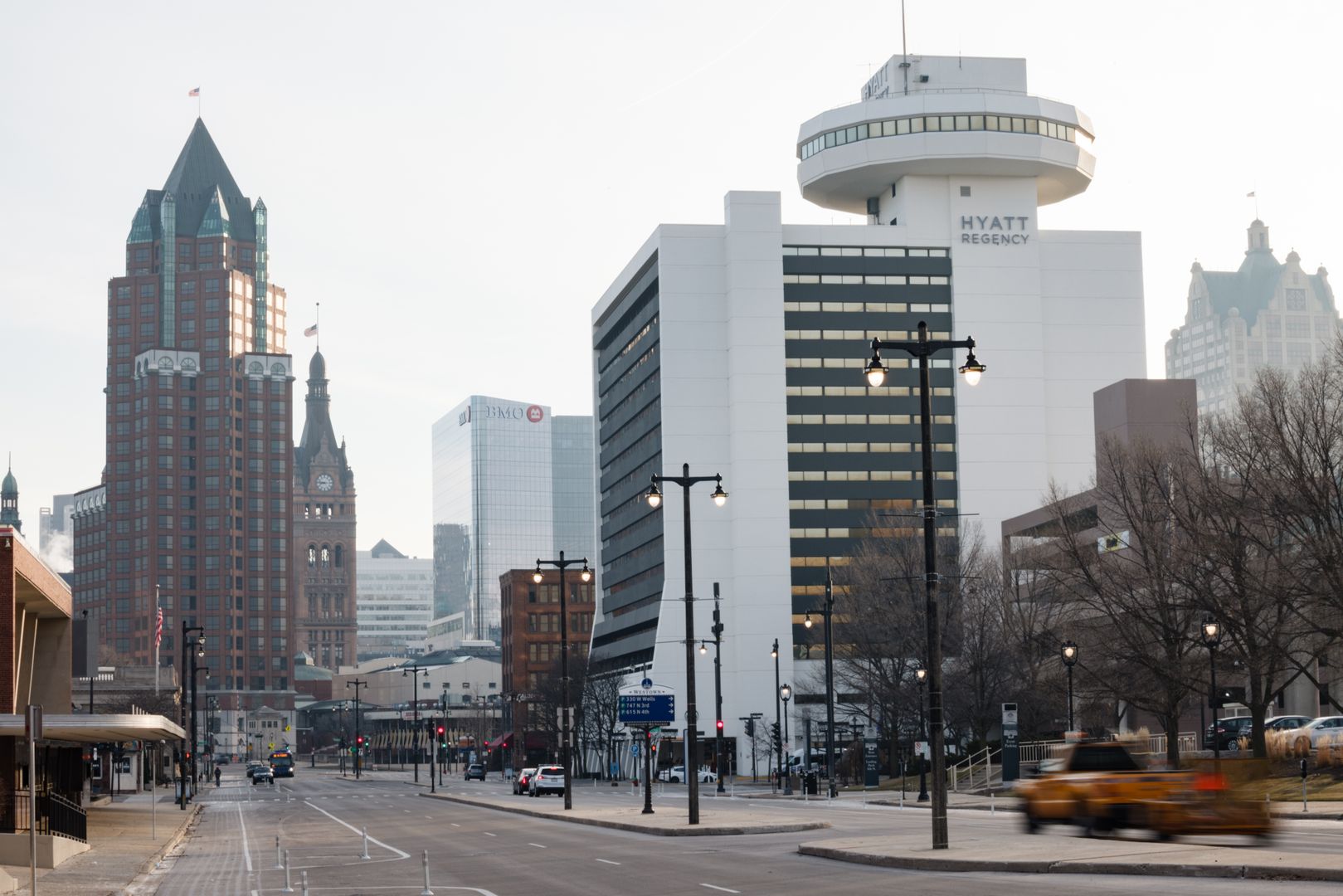Finding answers to troubling funding challenges facing arts groups in Milwaukee and throughout the state will require collaboration between business and community stakeholders, key industry leaders stressed.
Among the issues to solve are determining what private philanthropy’s role should be in maintaining the arts and culture ecosystem and how to forge a unified effort to advocate for increased public funding.
RELATED: HOW DIRE IS THE FUNDING PUZZLE FACING THE ARTS IN MILWAUKEE?
But any push to boost state funding for the arts could be met with resistance, warned Northwestern Mutual Foundation President Steve Radke.
“There’s some deep Milwaukee skepticism in the state legislature and I think if any lawmakers feel like this is just something else for Milwaukee it will probably not be terribly successful,” he said.
Get tickets now for the Unity Awards!
Radke urge the forging of partnerships with other groups throughout Wisconsin so that it’s clear that all parts of the state would benefit from any funding boost.
A united front is vital, he said.
“If there’s not that unanimity and some pockets are looking for one thing and others are looking for another it makes it lot easier to end up getting nothing or just a tiny piece of the pie rather than if everyone is asking for the same thing repeatedly, forcefully and with one voice,” Radke said.
The increasing reliance on philanthropy intensifies competition among local arts groups, said Rob Henken, the Wisconsin Policy Forum’s immediate past president.
“Competition is a good thing in many respects but to the extent that you’re also trying to promote collaboration among arts groups and they are all competing for these scarce dollars, it makes that job tougher,” Henken said. “Status quo means essentially survival of the fittest with these groups competing for a finite amount of philanthropic capacity.”
The issues facing local arts groups have been exacerbated by the pandemic and inflationary economic conditions, he noted.
Unified advocacy efforts to boost public funding would benefit the arts community locally and statewide, Henken and others said.
In 2023, Wisconsin ranked last in per capita state funding for arts agencies at 14 cents and stood second-to-last in 2024 at 18 cents, compared with $9.62 for neighboring Minnesota, which ranked first, and a 50-state median of 85 cents, according to the National Assembly of State Arts Agencies.
Henken presented highlights from the Wisconsin Policy Forum’s recent “Curtain Time” report, which served as a launching point for a panel discussion hosted by the Greater Milwaukee Committee that drew a large number of attendees to the Milwaukee Youth Arts Center earlier this week.
The COVID-19 pandemic changed audience habits, not just here but across the nation, the report found. Audiences are significantly smaller than they were pre-2020. The decrease in ticket sales has contributed to a critical juncture for Milwaukee’s performing arts organizations, which were already competing for limited financial resources while spending down liquidity and cash reserves and facing a weakening of private philanthropy.
Greater Milwaukee Foundation President Joel Brennan moderated the conversation, which also included Wisconsin Department of Tourism Secretary Anne Sayers, Radke and Henken, who also serves as executive director of the Herzfeld Foundation.
“We have our work cut out for us because there’s a misunderstanding of what the arts are in terms of economic development,” Sayers said. “We have so much work to do just to explain the role it plays to keep our communities strong, economically viable and competitive and also to attract workforce.”
Annemarie Scobey-Polacheck, who took over as president and CEO of the United Performing Arts Fund in September, offered a similar message while briefly addressing the panel and meeting attendees.
“The Greater Milwaukee Committee can’t do it all,” she said. “We all need to coalesce and come together.”
In stressing the importance of the performing arts, Scobey-Polacheck, who previously served as director of corporate philanthropy for Glendale-based Johnson Controls, noted that the region’s arts and culture sector generates more than $330 million in economic activity.
“People aren’t coming to Milwaukee because of the weather, people are coming here because we have a personality,” she said.
UPAF currently supports 55 organizations, including six cornerstone and eight member groups and 41 mostly smaller “affiliates.”
This structure “engenders conflict” among the different-sized organizations and “underpins a lack of trust and cohesion in the sector,” according to the Wisconsin Policy Forum report.
Funding for smaller arts groups needs to be addressed as part of any funding equation, Henken said.
“What I have come to learn is just what an impressive overall ecosystem of arts offerings we have in this community,” he said. “We all, justifiably, spend a lot of time thinking about how are we going to make sure that our ballet, our symphony and our repertory theater can really prosper, but there are so many smaller groups, too.”
Attendees also heard a pointed message from Chad Tessmer, executive director of Milwaukee Youth Arts Center, which hosted the event.
“We know what the cultural community contributes to Southeastern Wisconsin, economically, socially, educationally. I don’t think we need to make that case anymore,” Tessmer said. “What we need to do is make the case for actual change to make sure that centers like MYAC, the Marcus Center, the Rep and the Ballet can be sustained for generations to come. If we don’t confront the change ourselves, the change we’re left with will be disastrous.”

